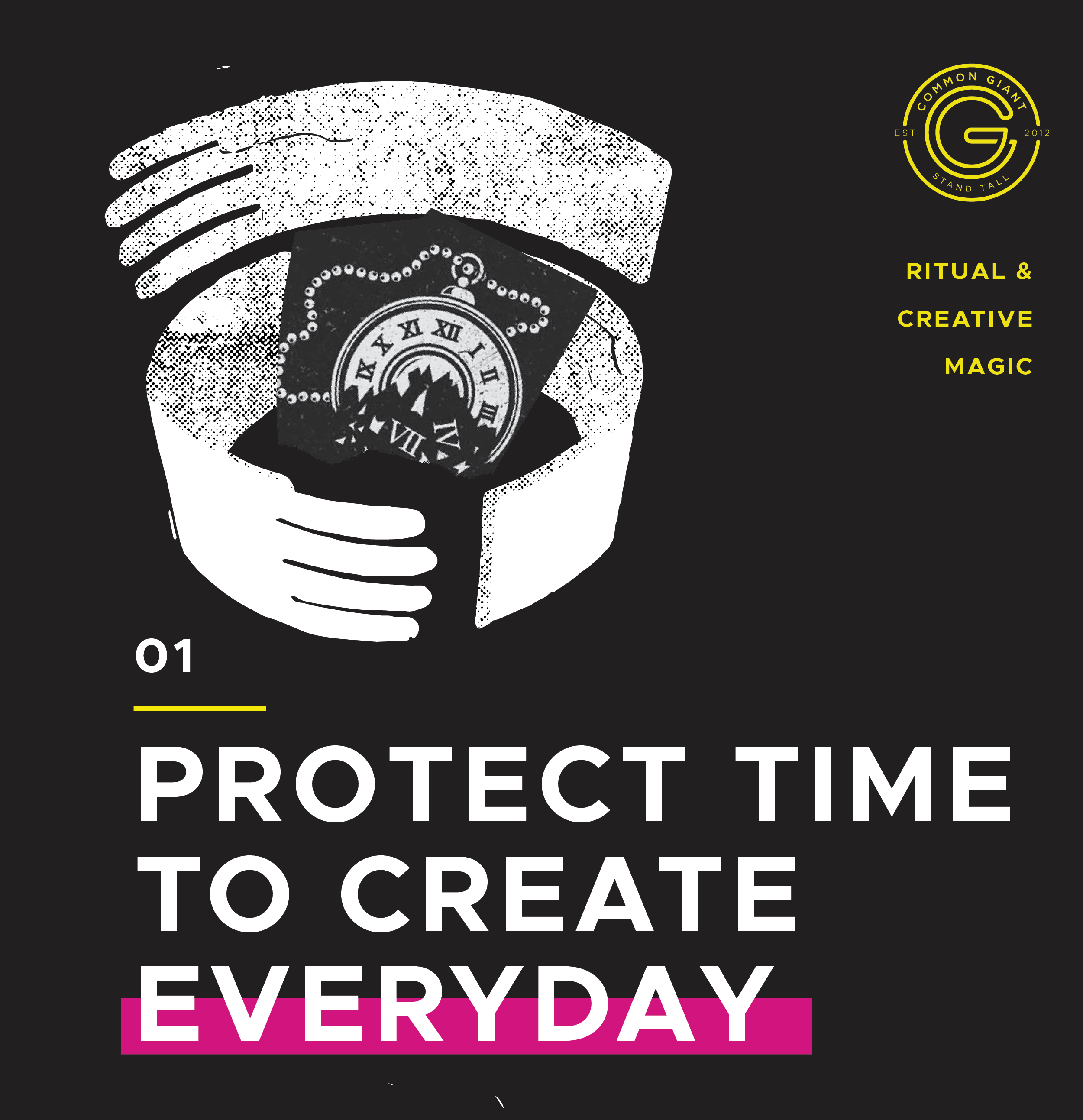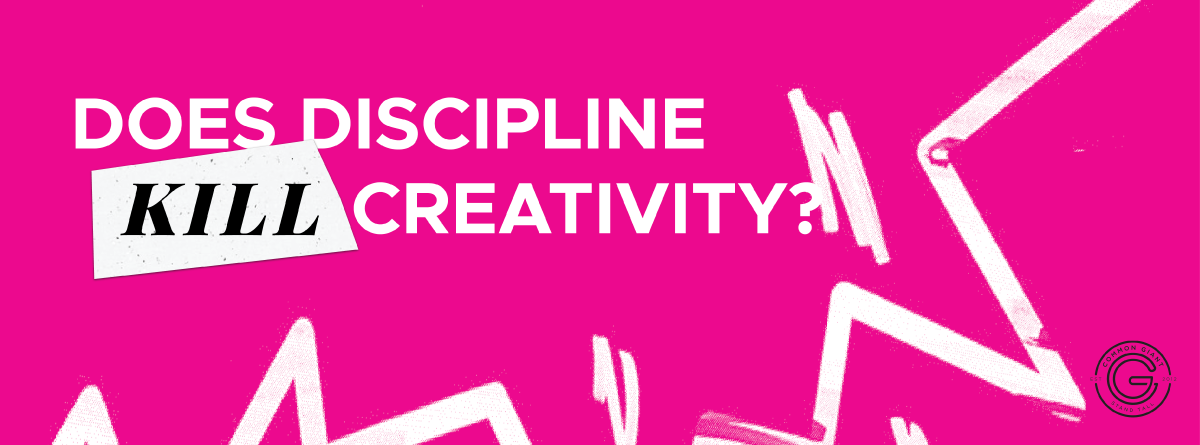Blog
Ritual and Creating Magic Part 1: Discipline and Creative Process
#01
Does Discipline Kill Creativity?
In a word, no.


Creativity and Discipline
Most people understand that the relationship between discipline and creativity is more complex than the image of the free-wheeling creative genius suggests. If great writers and artists lived the wild spontaneous lives their myths suggest, we likely wouldn’t have any art to talk about.
To put it simply, discipline and ritual are tools that allow us to access the creative mind. The trick is that discipline must come from within the creative person, not determined by an outside source or agent. You can see how and why this is a challenge in the modern workplace. If you are constantly setting rules and parameters, your team’s creative energies will be quashed. However, there are several practices you can adopt to nurture creativity and autonomy in your workplace that enhance creativity through discipline.
First up:

Protect Time to Create Every Day
This is crucial. If you sit and wait for inspiration to come, you’ll do a lot of sitting and waiting and little inspiring. When you have other obligations, protecting time specifically to focus on creativity daily is key.
The amount of time you block out in the day should depend heavily upon your position and responsibilities at your company. For CEOs and company leaders, finding the time to hone this creative muscle can be extremely difficult. This is why it is so imperative to protect the time on your calendar – whether it’s in the morning before work, late in the evening, or midday —block out time to sit and create. Do not use this time to check in with employees or catch up on emails. In fact, set your phone and computer on the other side of the room. Let everyone know you will be unavailable. They’ll understand. Even if it’s just fifteen to twenty minutes to sketch ideas, the regular practice will accrete over time, sharpening your creative mind. If you slot this creative time into your schedule and make it routine, others will adapt as well and protecting the time will become easier. After all, you’re the company leader. You set the culture.
Other positions – copywriters, designers, brand strategists, artists – need significant amount of time to generate and produce quality work. Given their responsibilities, creative time is generally easier to protect, however, it is imperative they have time to disconnect from email, daily meetings, and other responsibilities to sit and focus solely on deep work.
Let's talk about the second part of this chapter's title.
Do you really need to do it every single day?
Yes! …and no. Literally every single day will wear you out. But repetition and regularity are key. The human brain is habitual and highly responsive to ritual. The more you protect time to create, the more conditioned the brain will be to produce original work in that time.
Some days creative work will be easy and liberating—you’ll feel inspired. Other days, not so much. Simply writing a single sentence or putting together a rough mood board will feel impossible. This is normal. But the act of creating every day slowly increases creative capacity and output.
The imagination functions more like a muscle than a battery. You’ll need days off to recharge, to rest the muscle so you don’t overwork it or injure it. However, the harder you exercise your imagination, the more you’ll be capable of producing. Working regularly in manageable increments is the most efficient way to build this skill.
Want to know more? Give the full eBook a read.

